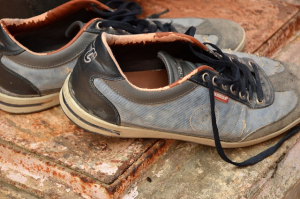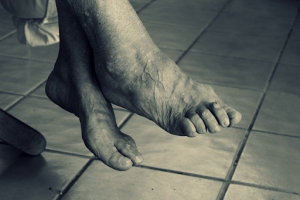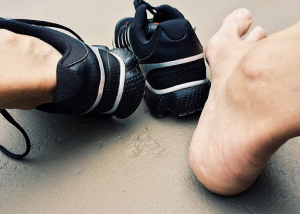 After all those cold months, dreaming about hiking, biking, running, and walking outside (at least more often) we have finally arrived at the prime time of the year for outdoor recreation. Flowers bloom, leaves glow a brilliant shade of green, and the days are long enough to bask in the daylight, even after a long day at work. Consider following these guidelines for replacing shoes to keep your feet and legs in the best condition.
After all those cold months, dreaming about hiking, biking, running, and walking outside (at least more often) we have finally arrived at the prime time of the year for outdoor recreation. Flowers bloom, leaves glow a brilliant shade of green, and the days are long enough to bask in the daylight, even after a long day at work. Consider following these guidelines for replacing shoes to keep your feet and legs in the best condition.
Shoe Replacement
In all your excitement to get outside, there’s one thing you may fail to think about. When was the last time you replaced your shoes? 
Believe it or not, wearing old shoes makes you work harder during a long walk or run. While this could be part of your training strategy, it could also be part of your sabotage. An even worse way to sabotage your physical activity is to slip, trip or fall because the traction on your shoes “ran” out a long time ago. Pun intended. Finally, poorly fitting shoes can lead to foot and ankle pain, ulcerations, corns and calluses. For those living with diabetes, ill-fitting shoes presents an even greater risk due to a potentially reduced sense of pain caused by neuropathy.
Inspect your shoes
Look for these signs of wear and tear to determine if it’s time for a new pair.
- Traction on the sole is worn down, especially at high impact areas such as the ball and heel of the sole.
- Examine your shoe from the side. Look specifically for compression or wrinkled padding as a sign of excessive wear.
- Finally, look at the inner edge of the shoe, the part that touches your heel. If the fabric is tearing and worn, you’re asking for blisters!
Basic shoe fitting guidelines
- Aim for 10 – 20 mm of space between the longest toe and the end of the shoe
- Try on shoes at the end of the day when feet may have more swelling
- Choose function over form; style points don’t really amount to much if pain forces you to the couch.
- For unique feet, you may need to consult with a podiatrist. Special inserts may be necessary.



All good points to consider in buying new shoes. I had knee surgery a year ago and was still experiencing a litte pain. Finally realized it might be my old shoes so just this spring finally replaced my shoes with better quality and fit. Now the knee and feet feel much better.
Excellent points! Painful feet are definitely something to avoid. Thanks for great tips.
Thank you so very much about this information. This is good to know for any type of shoe that I wear. Your article encourages me to read more about when to determine that the shoe needs to go!
Thanks for this important reminder!!